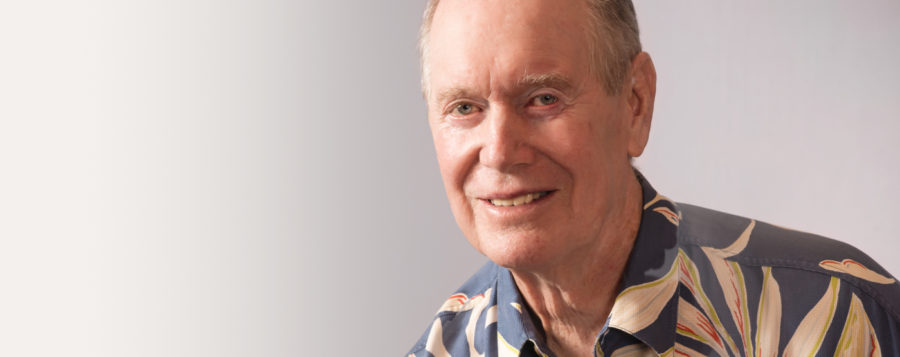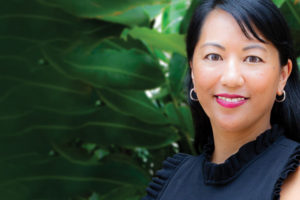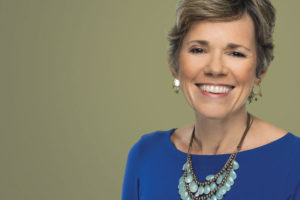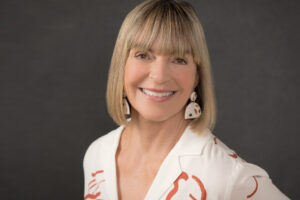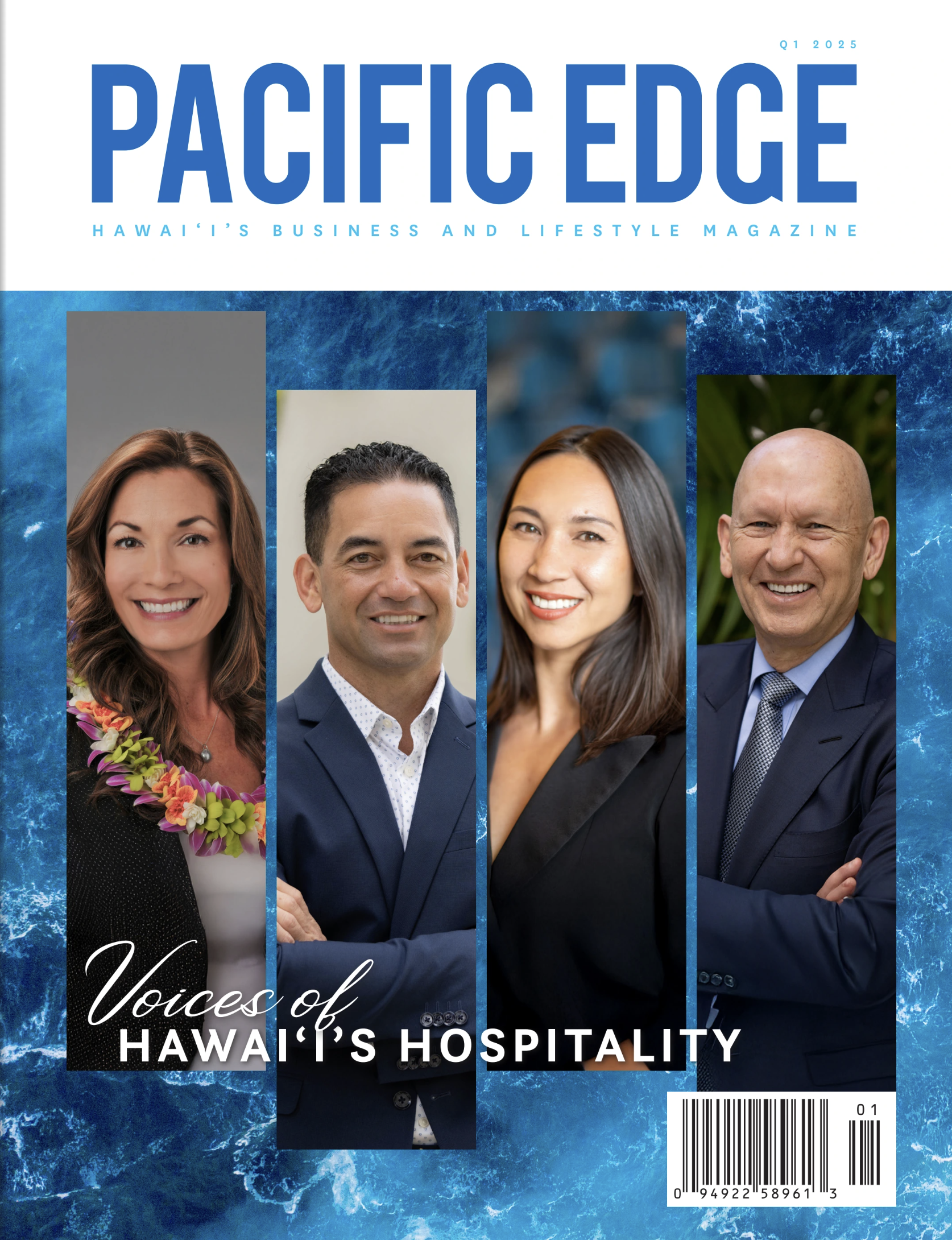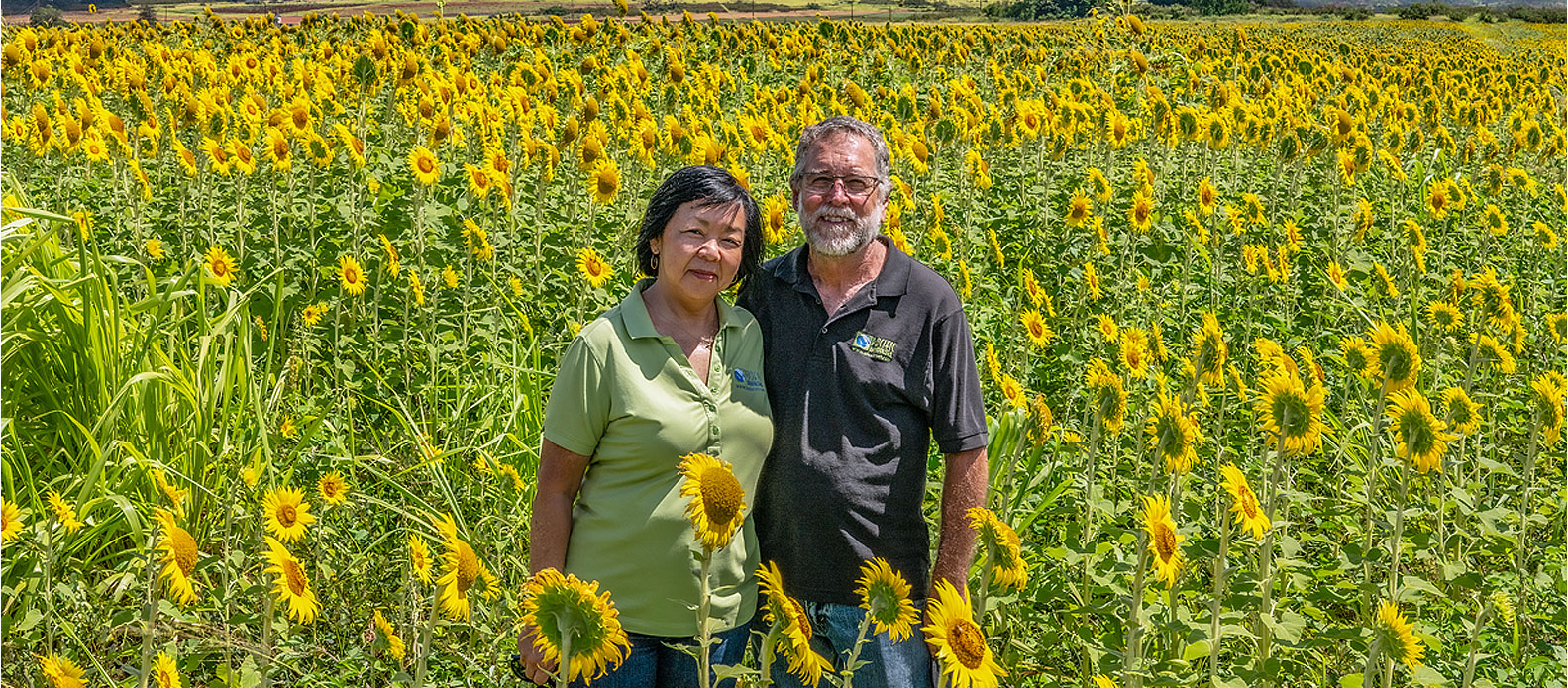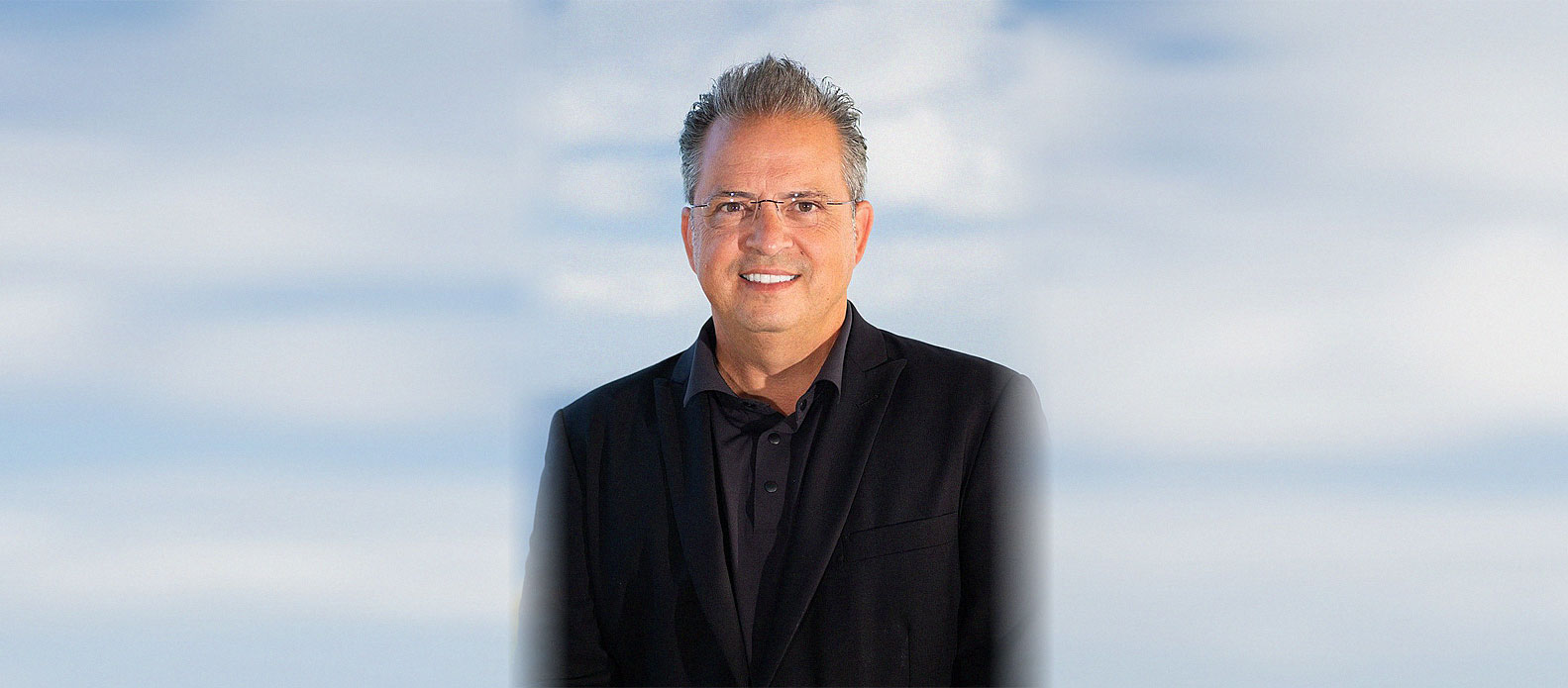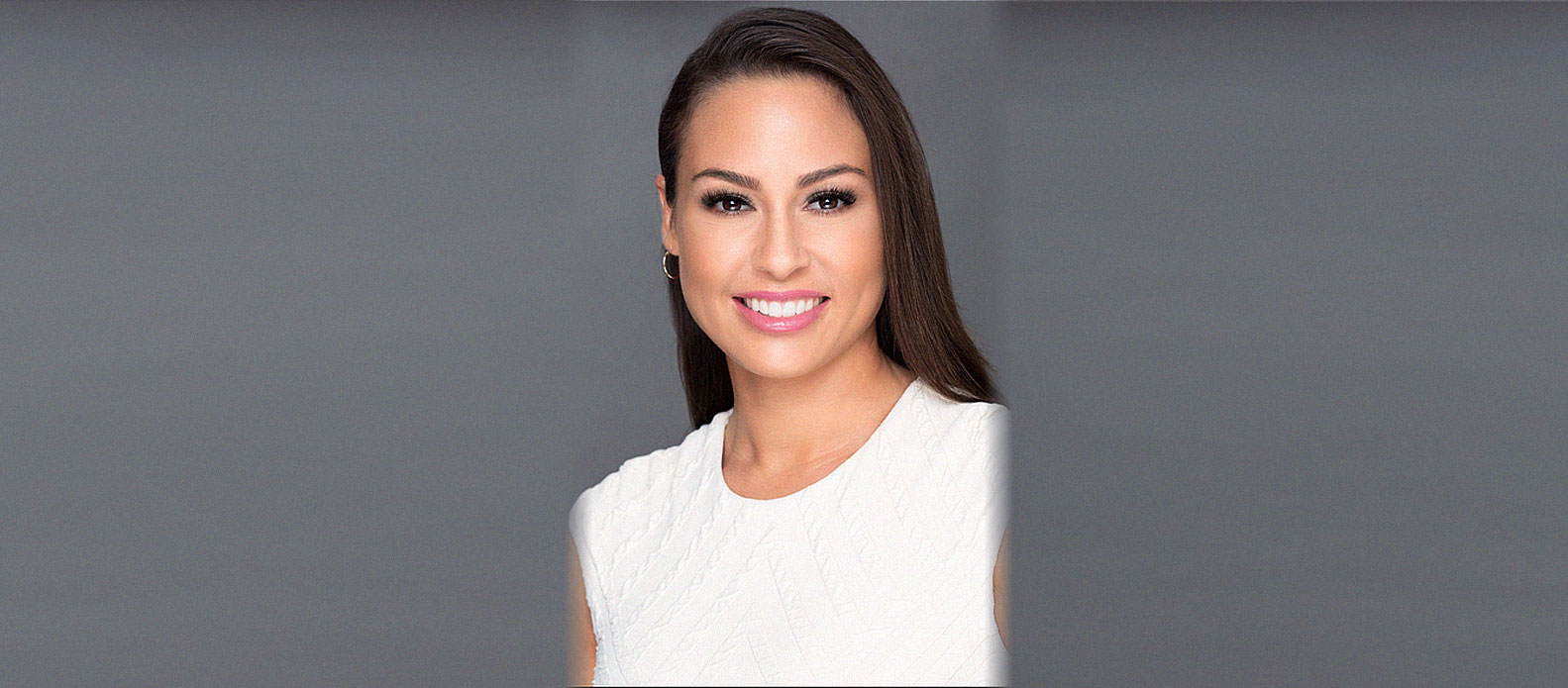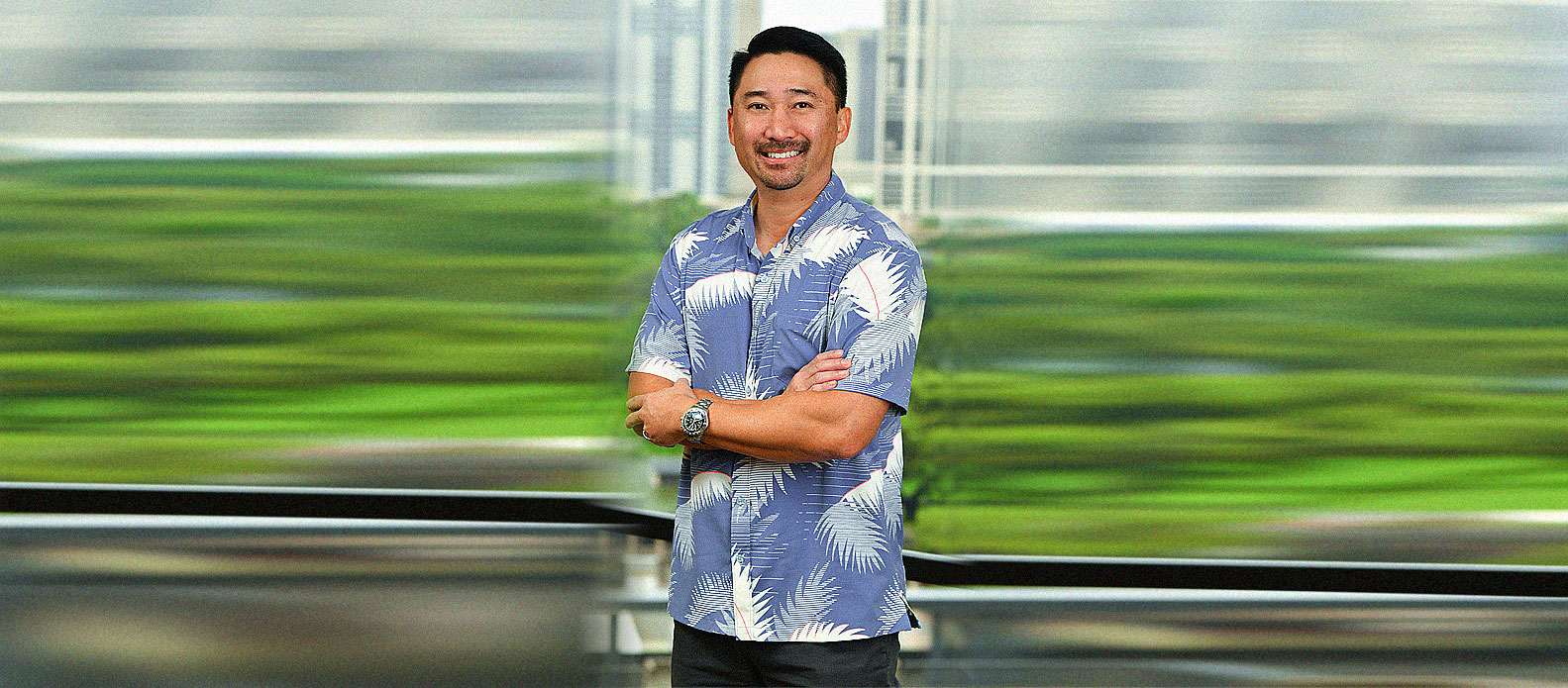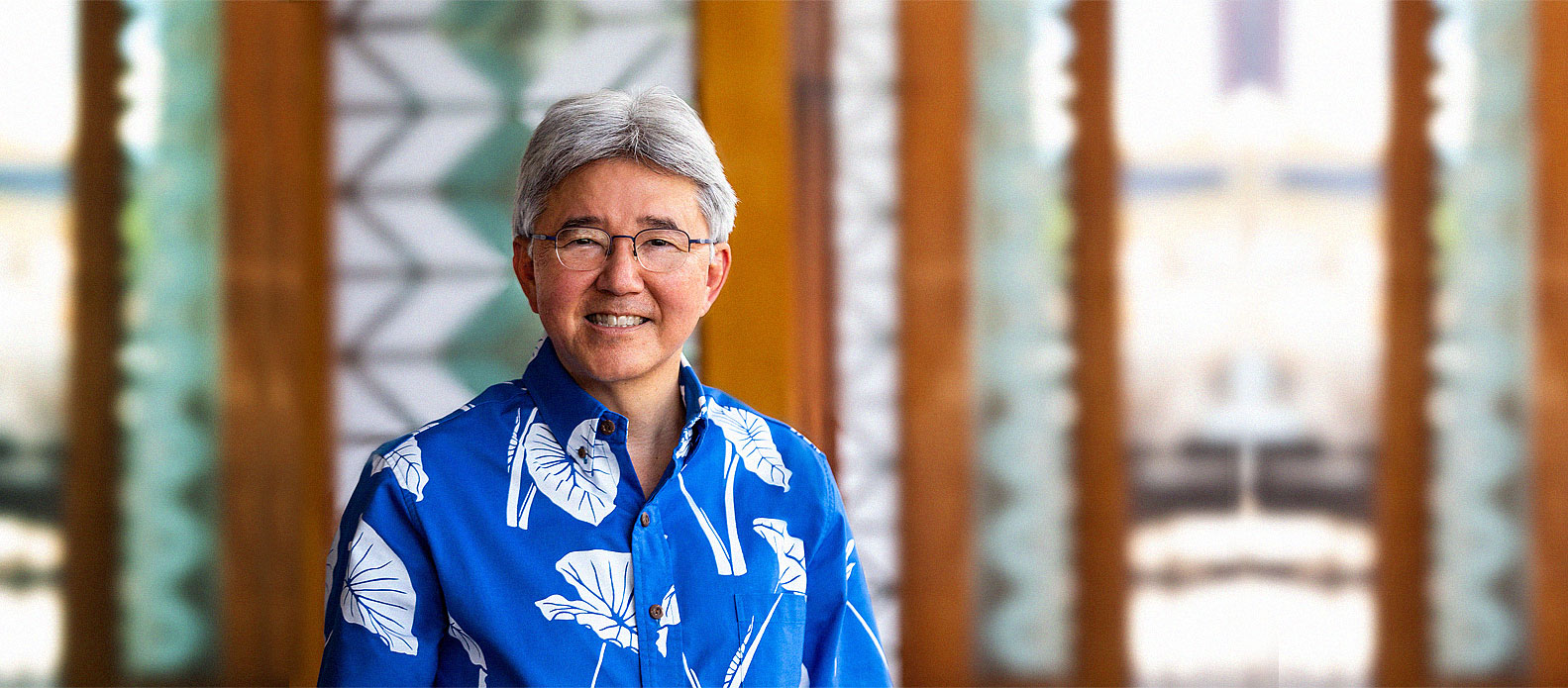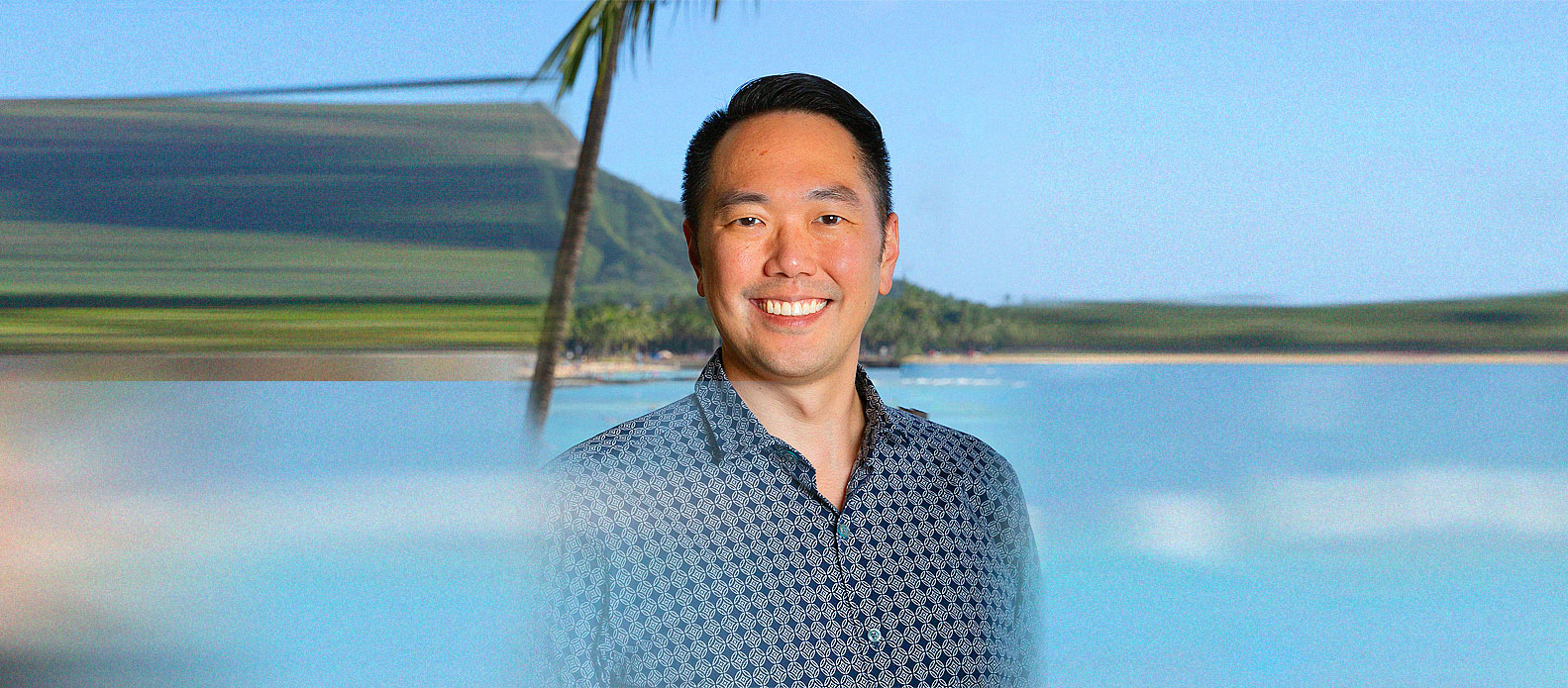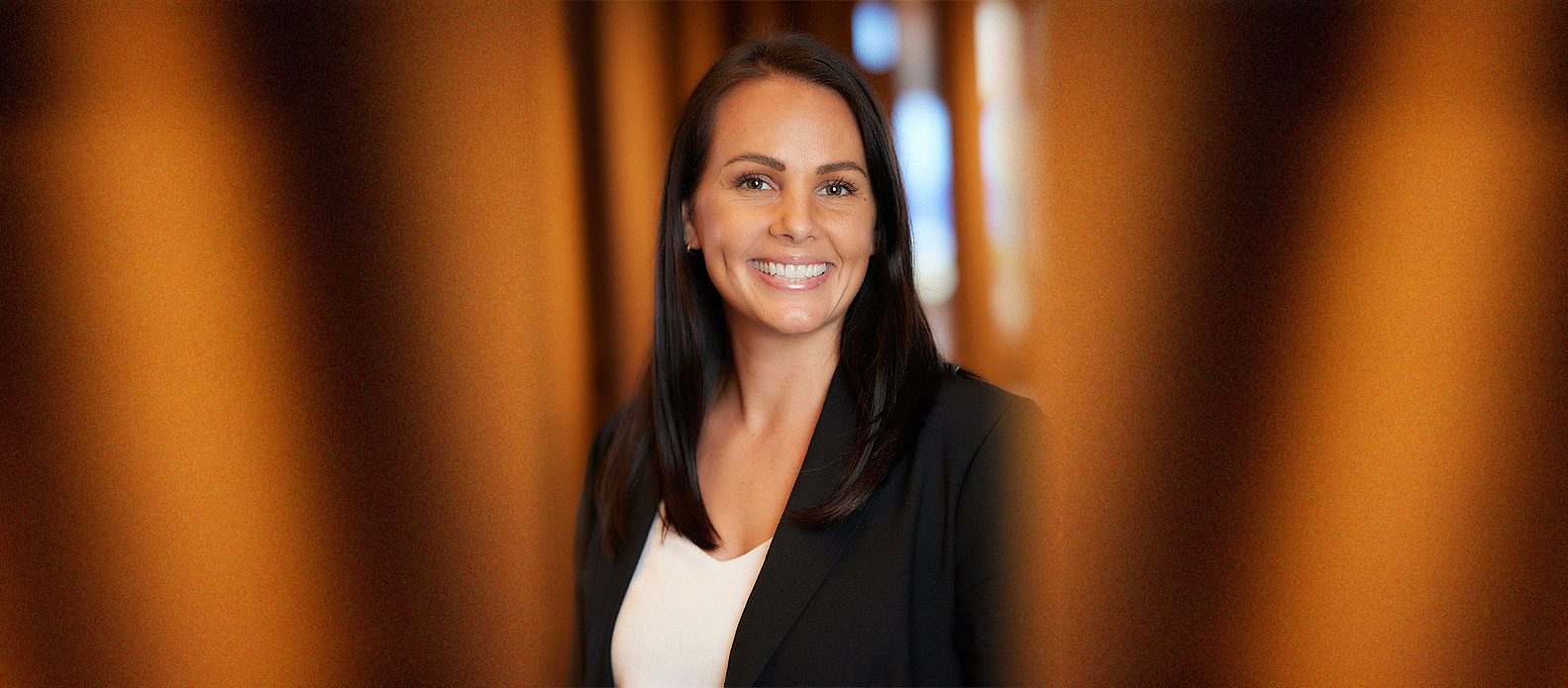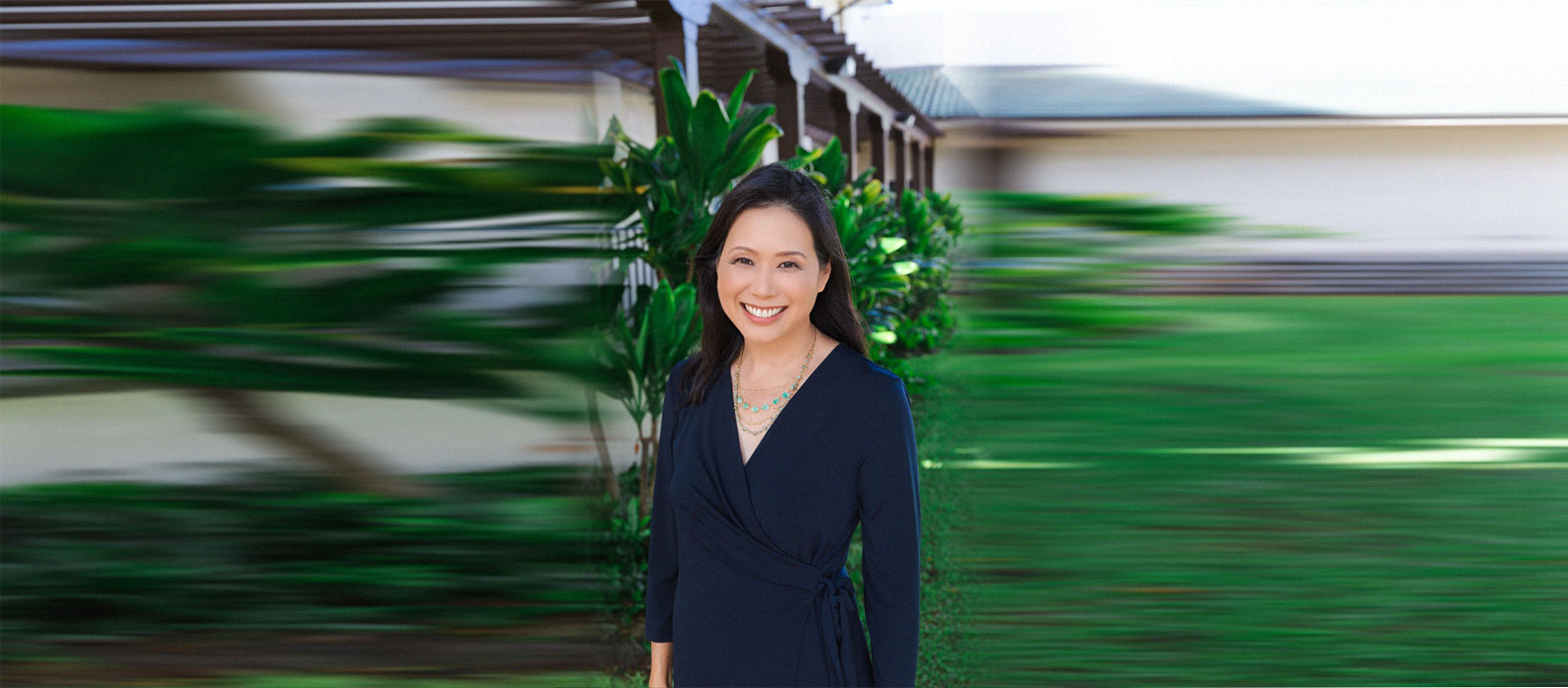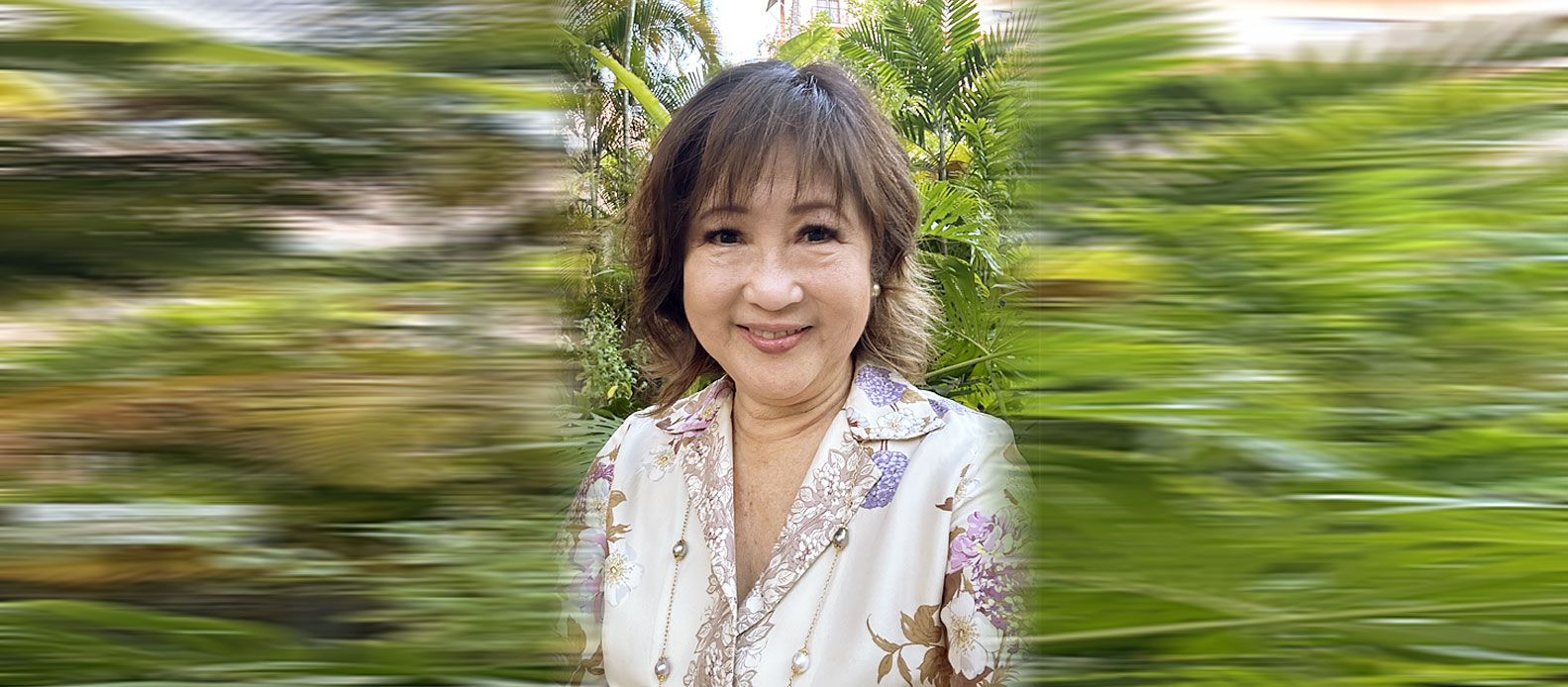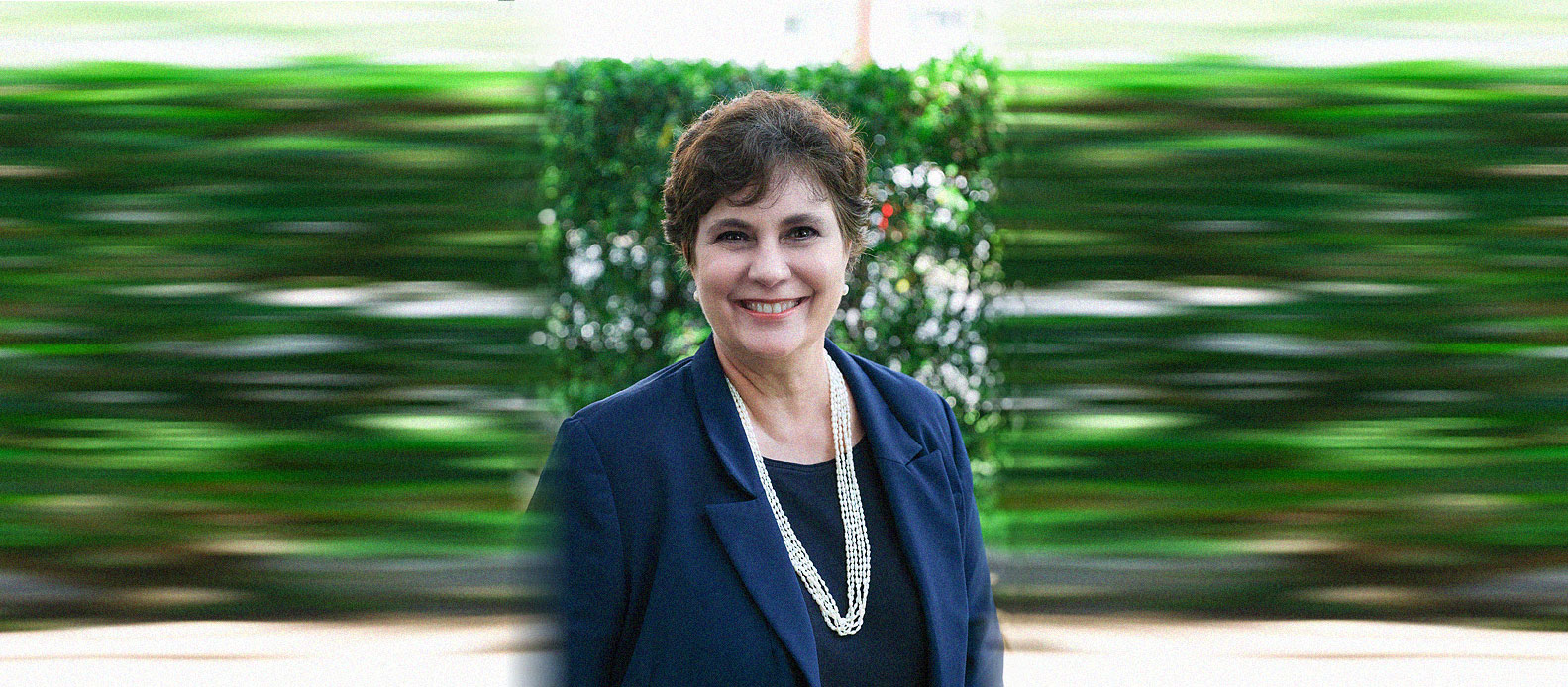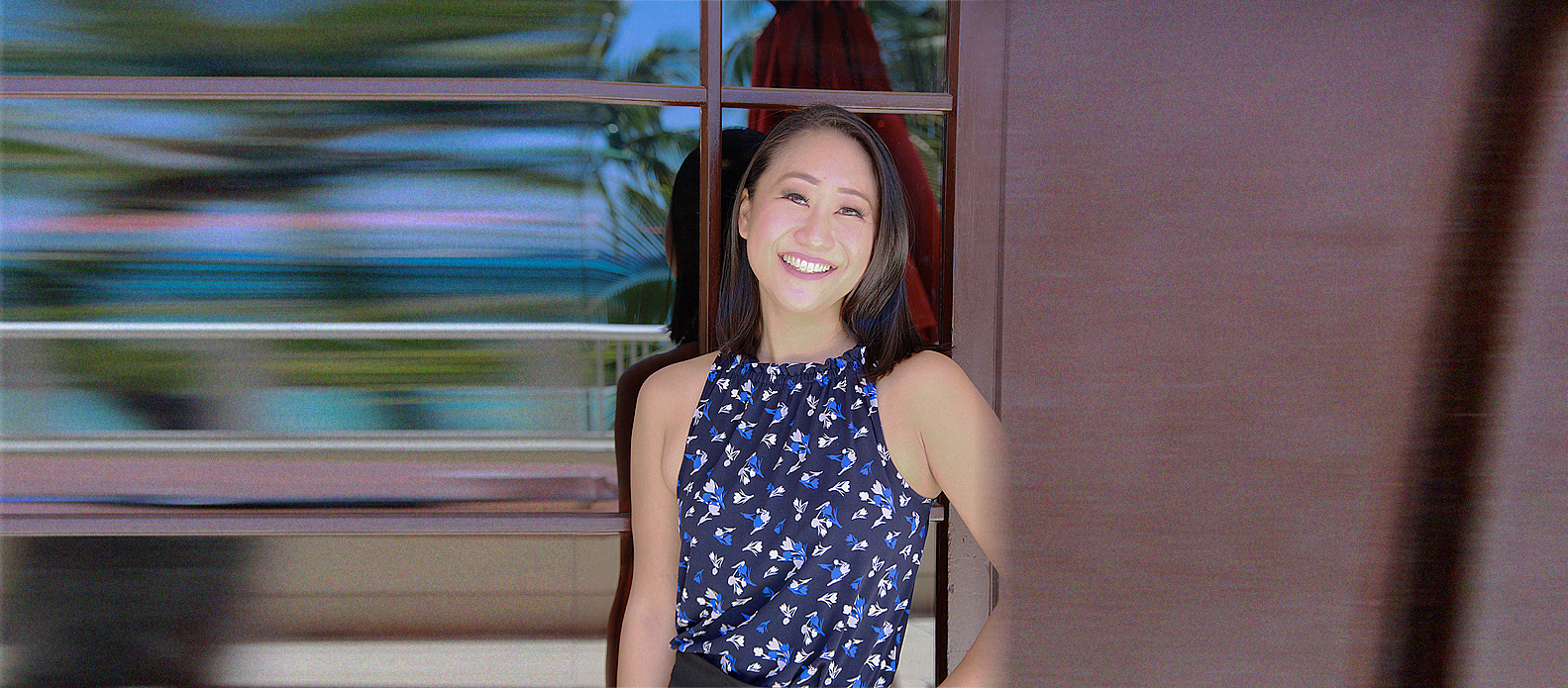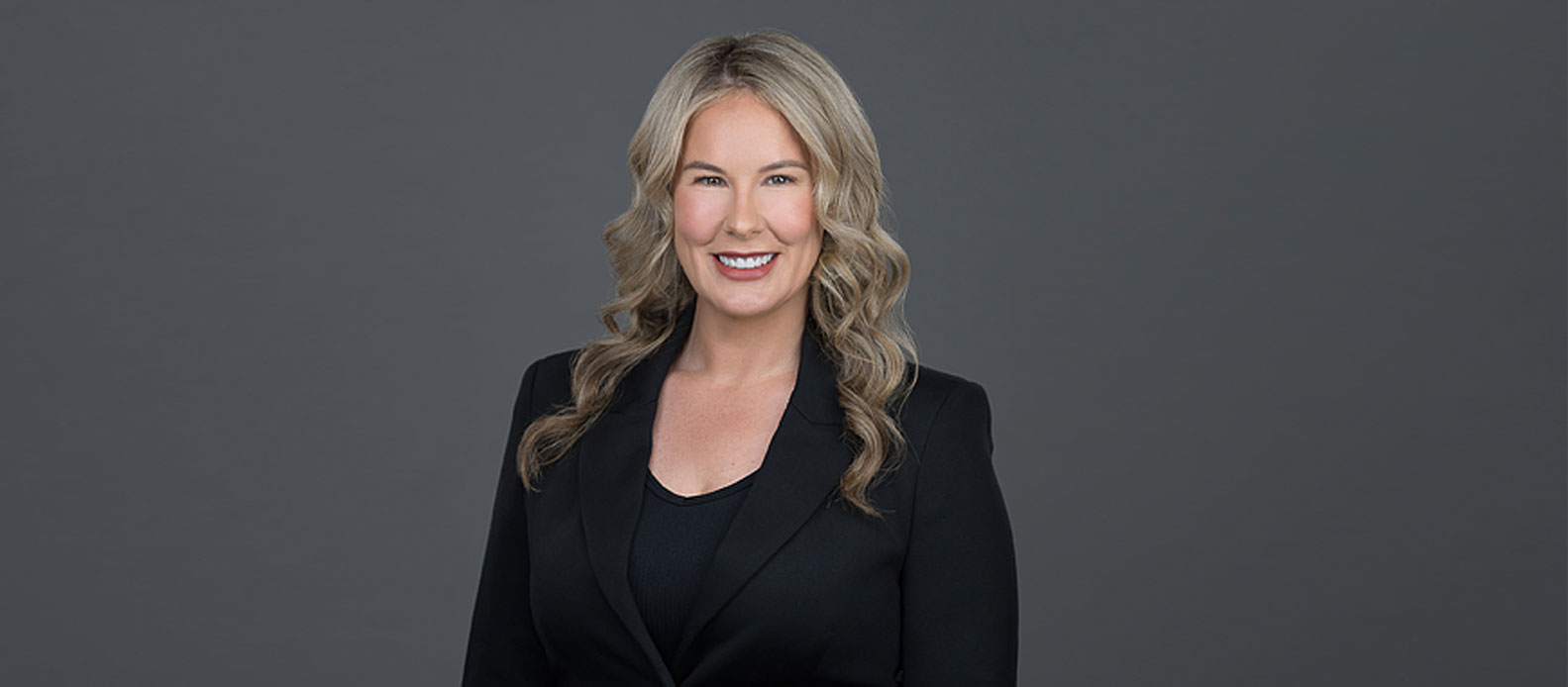A collector of contemporary art whose office overlooking Ala Moana Beach Park contains dozens of sculptures carved by part-time Hawai‘i resident John Buck, Duncan MacNaughton has made a career of creating indoor-outdoor experiences that tap local partners and expertise.
MacNaughton’s entrepreneurial spirit and local ties can be traced to the plantation days, when his father served as vice president of Dole Pineapple and headed up C. Brewer & Co., one of Hawai‘i’s Big Five sugar companies. Today, MacNaughton is still heavily invested in Hawai‘i, but as a real estate developer and philanthropist committed to shaping the built environment to support the needs of the local community.
Whether reimagining the movie theater experience at Kapolei Commons or bringing people together and supporting their passions through charitable giving, MacNaughton has long made a name for himself but isn’t done leaving his mark on Hawai‘i.
How did you get your start in real estate development?
I started my career at age 24. I interviewed with Dillingham Corporation—they developed Ala Moana shopping center—and they had a training program for people like me just coming out of school. They sent us through five or six departments in the organization, one of which was the development department. I enjoyed working with my hands, both on the design and financing side as well as the actual construction. Whether it be commercial or condominium products, I was developing something for somebody to use, and that’s been a theme I’ve stayed with my entire career.
What is the hardest lesson you’ve learned over the course of your career?
Making certain you can survive when the economy goes down and there’s no demand for your product. The retail sector is a little more resilient to economic swings, so I had a number of situations where I had shopping centers cashflowing during slow times and that supported my activities in the condominium development side. We’ve been through a number of dips, and we’ve been able to weather them successfully.
What is the greatest challenge of developing real estate in a place like Hawai‘i?
Understanding the market. I understand this market better than any other, and that’s one of the reasons I stayed in Hawai‘i to do my business. I grew up here and was educated here, and I had lots of friends both in banking and marketing who I could call for counsel if I needed it.
Development in Hawai‘i can be a controversial subject. Has there been any pushback from the community?
We’re members of the community ourselves, so we’re here for the long haul and would rather garner support than build something controversial. We still try to push the boundaries wherever we can, but the goal is always to cater to our community. It’s important that we attract the right kind of capital to build the right product for Hawai‘i and to ensure it’s managed in a responsible way.
It’s a team effort and a constant conversation. We have a network of real estate brokers who tell us what the market would like to see, and we work with elected officials and neighborhood boards to get a good feel for what people in the various districts want. So there are formal processes through which we get community feedback, but we also get feedback by being very involved in the community.
What was your vision for The MacNaughton Foundation?
We recently formed The MacNaughton Foundation to streamline our charitable giving. We make significant contributions on an annual basis, typically to organizations we’re passionate about or involved in as board members. The community here is small, so our contributions can make a big difference to the population that lives here.
About a year ago, we made a $1 million donation to the Hawai‘i Chapter of U.S. VETS because we had a partner who was really interested in the plight of local veterans who were in combat in Vietnam. We usually keep our contributions under the radar, but I was convinced to go public with that gift in order to raise awareness for the homeless veterans here. I don’t have an answer for Hawai‘i’s homeless problem, but we’re able to increase exposure about the issue through our gifting.

In what other ways is The MacNaughton Group involved in the community?
Education is something that I believe is critical to the success of Hawai‘i going forward. We have to get our children well educated and then convince them to stay here. There can’t be enough focus on that, in my opinion.
Many of us at The MacNaughton Group are involved in various school boards, and as a company we do team days where we’ll paint fences or volunteer our time in other ways at different organizations. I serve on the board of trustees for Punahou and Hawai‘i Preparatory Academy, two schools I attended growing up.
We partnered with the University of Hawai‘i West O‘ahu to fund an initiative within the digital arts program where students created a trailer that now plays on the big screen before every movie at the Regal theater we built at Kapolei Commons. Students were able to take the class for free and a portion of the proceeds goes back to the program. We’re always partnering with organizations active in the communities we’re involved in.
Another part of the reason for starting the foundation was to open a conversation among the team and our business partners about what causes we all care about and to make decisions about where to focus our charitable giving. The veteran homeless was the first area, and the next will likely involve the environment, agriculture and sustainability.
What qualities have gotten you to where you are today?
I’m a dealmaker. I pick my investors and friends carefully and nurture those relationships.
Any advice for young professionals?
For one, you have to be a student of the market. Spend time studying the challenges you’re going to face and bring the right people around to do some of the heavy lifting.
What’s your take on the real estate market today?
One of the big risks in this industry is that markets can change between the time you start a project and the time you finish. It takes four to five years to complete a project like the Park Lane residences we finished last year, so you have to be prepared for that. The stock market is one way of judging the market. If it has a correction, that’ll ripple through the sales potential for projects, but we’re cautiously optimistic about the market going forward.
What makes the Hawai‘i market unique?
There are a number of uniquenesses, but one of the things we came to understand is that we’re an international market, not just a Hawai‘i market.
What is The MacNaughton Group calling card?
We focus on projects that return something to the community. Bringing Costco here by building their warehouse lowered the cost of living in Hawai‘i in one fell swoop. When we brought Starbucks to Hawai‘i and operated about 65 of its shops, it was about creating an experience for Hawai‘i. Starbucks has done a lot to change the face of retail. In fact, that’s the future of retail today given the competition from the internet—you have to provide an experience in stores as opposed to just selling a product. Those are examples of how we’ve had the opportunity to bring something to Hawai‘i and make it a better place.
That also applies to the high-rise residential condominium business. In many cases we’re bringing in outside money to buy those units, which strengthens our economy to better weather the downturns. The economy continues to do well across the country, but it’s doing particularly well in Asia. In China, for example, we encourage investors to come to Hawai‘i and put their money to work here.
That being said, about half the people who bought units at Park Lane already lived in Hawai‘i. Many were empty nesters looking to get rid of their big single-family home and move to something smaller, and Park Lane fit the bill.
What was the vision for Park Lane Ala Moana?
I always dreamed that the big Sears parking lot that used to be there would someday support a residential experience. We envisioned a low-rise project that would serve as a halfway point between a single-family home and a high-rise. We wanted it to be design focused and provide an outdoor experience, so we built big terraces and brought landscaping up into the project. We fed my love for contemporary art and hired local artists to produce works for us, including Deborah Butterfield, whose bronze horse sculpture is one of the centerpieces at Park Lane.
What made you decide to build the Hokua building where you’re headquartered?
Nobody had the confidence to do residential components in Kaka‘ako, but we jumped off the edge of the table because we felt there was a market. We wanted to take cars off the road and bring residences back into town where the infrastructure was already in place. We built the first mixed-use project there in over 10 years, and that helped jumpstart the urbanization of Kaka‘ako that’s going on today.
What do you see for The MacNaughton Group going forward?
We’ve been investing in Waikiki for over 10 years, but we plan to invest more of our time and resources in hospitality going forward because of how important it is as an economic engine for Hawai‘i. It’s not just the hotels, either—the retail businesses in Waikiki are some of the most successful in the world. In order to continue to attract visitors, physical improvements need to be made, but there are other things we have in mind as well.
I’ve been fortunate to attract a great team around me, but what I’m really excited about is two of my boys, Brett and Ian, joining the company. I’m thrilled they’re returning in kind what they’ve been given by this community, which is what I attempted to do in founding The MacNaughton Group.

